Highlights:
- British-Bangladeshi prop maker Anika Chowdhury has designed a handcrafted glow-in-the-dark chess set celebrating heritage and identity.
- The limited-edition set, called Glowborne, launches on Kickstarter in October.
- Each piece draws from South Asian, Middle Eastern, and African cultural references, re-rooting chess in its origins.
- The project blends art, storytelling, and representation, aiming to spark conversations about identity in play.
Reimagining chess through heritage
When Anika Chowdhury sat down to sculpt her first chess piece, she had a bigger vision than simply redesigning a classic game. A British-Bangladeshi prop maker working in the film industry, she grew up loving fantasy and games but rarely saw faces like hers in Western storytelling.
“Chess originated in India, travelled through Arabia and North Africa, and was later Westernised,” she explains. “I wanted to bring those forgotten origins back to the board.”
The result is Glowborne — a limited-edition, glow-in-the-dark fantasy chess set that blends craft, identity and cultural pride.

Crafting Glowborne
Each character in the set has been carefully designed to reflect cultural narratives: Bengali kings and pawns, Indian bishops with bindis, Arab knights, and African queens. Chowdhury sculpted each piece by hand, drawing on her prop-making training at the National Film and Television School.
Once sculpted, the pieces were cast in resin, painted, and finished with South Asian-inspired motifs filled with glow-in-the-dark pigment. “The characters glow both literally and metaphorically,” she says, “as a chance for them to take the stage.”
Cultural pride and visibility
For Chowdhury, the project is about more than gameplay. “Fantasy doesn’t need to fit into the Western mould to tell a great story,” she says. “South Asian, Middle Eastern and African stories are just as powerful, and they can transform something as traditional as chess by reconnecting it with its roots.”
She hopes Glowborne will resonate with South Asian and Eastern African communities as a celebration of identity and belonging. At the same time, she sees it as a bridge for wider audiences — chess enthusiasts, collectors, and design lovers who appreciate craftsmanship and storytelling.
A personal journey
Chowdhury’s career in film and prop-making has influenced her creative process, but Glowborne marks her first independent project. She created it outside her film work, after hours and on weekends.
“At 28, I finally feel like I’ve found my voice,” she reflects. “For a long time I felt pressure to hide my identity, but now I see my culture as a superpower. This project is about using art to express that.”
Looking ahead
Launching this October on Kickstarter as a collector’s edition, Glowborne is only the beginning. Chowdhury says she has many ideas to further fuse craft and culture in future projects. “This is the proof of concept,” she says. “I can’t wait to create more stories that blend heritage, art and play.”
Kickstarter pre-launch page: Glowborne: The Glow-in-the-dark Fantasy Chess Set
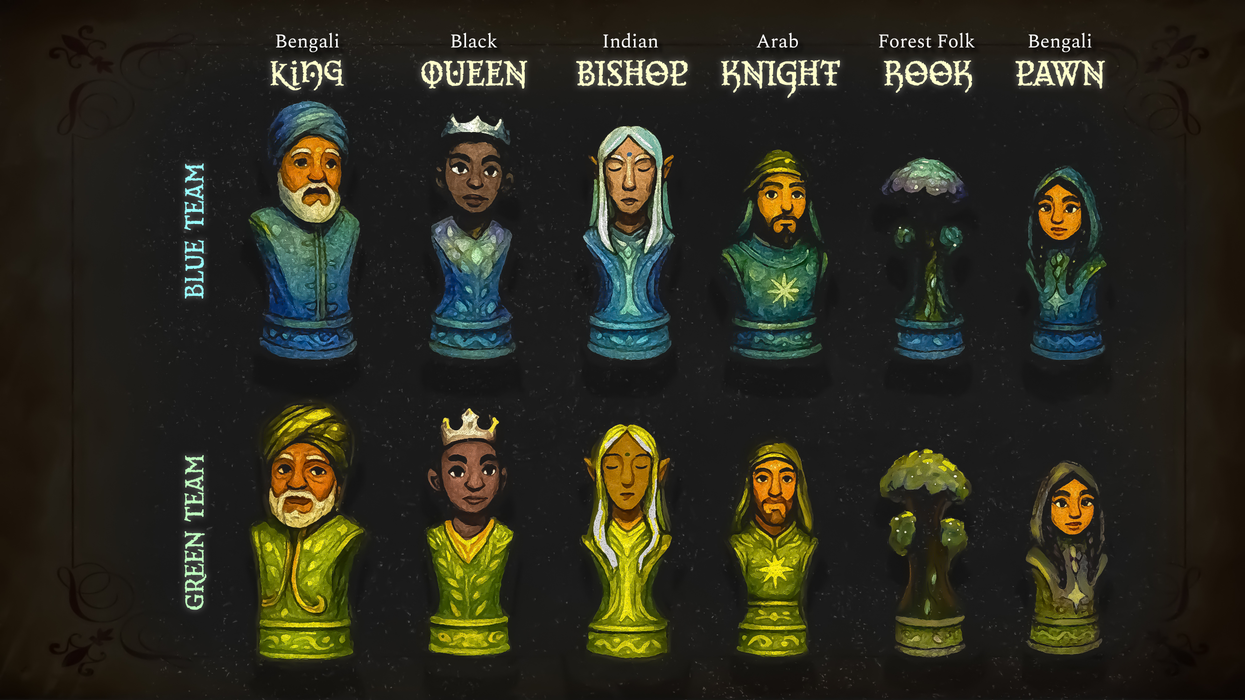


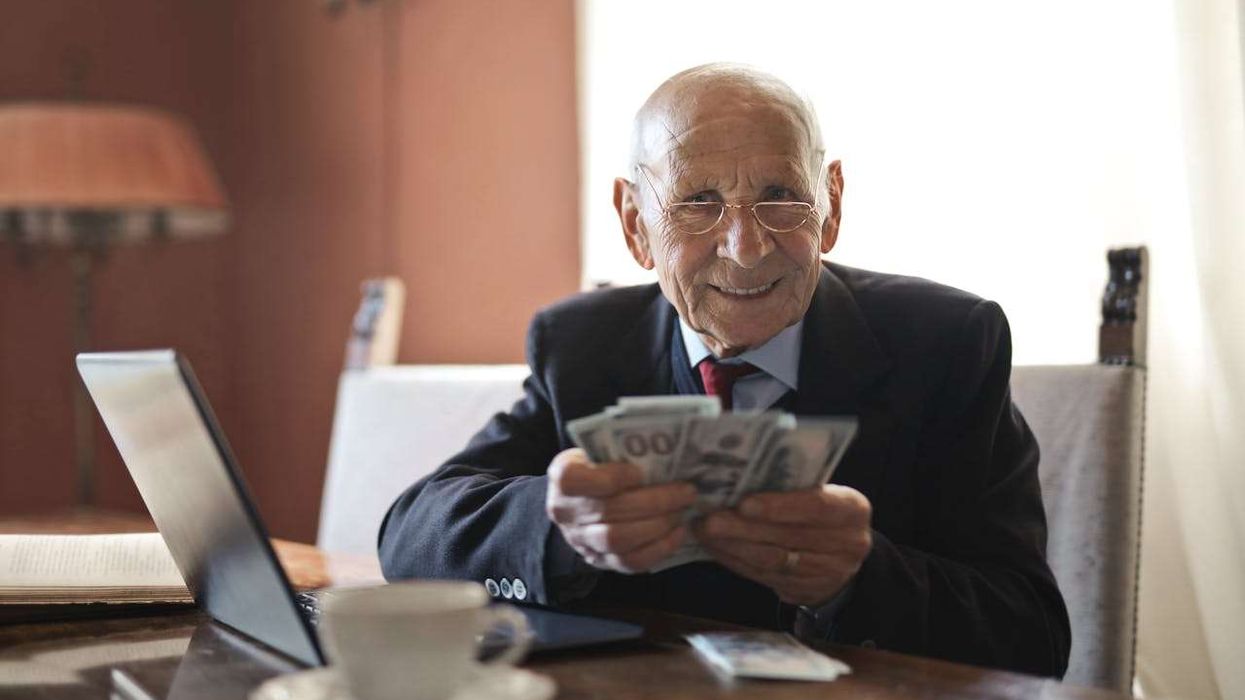
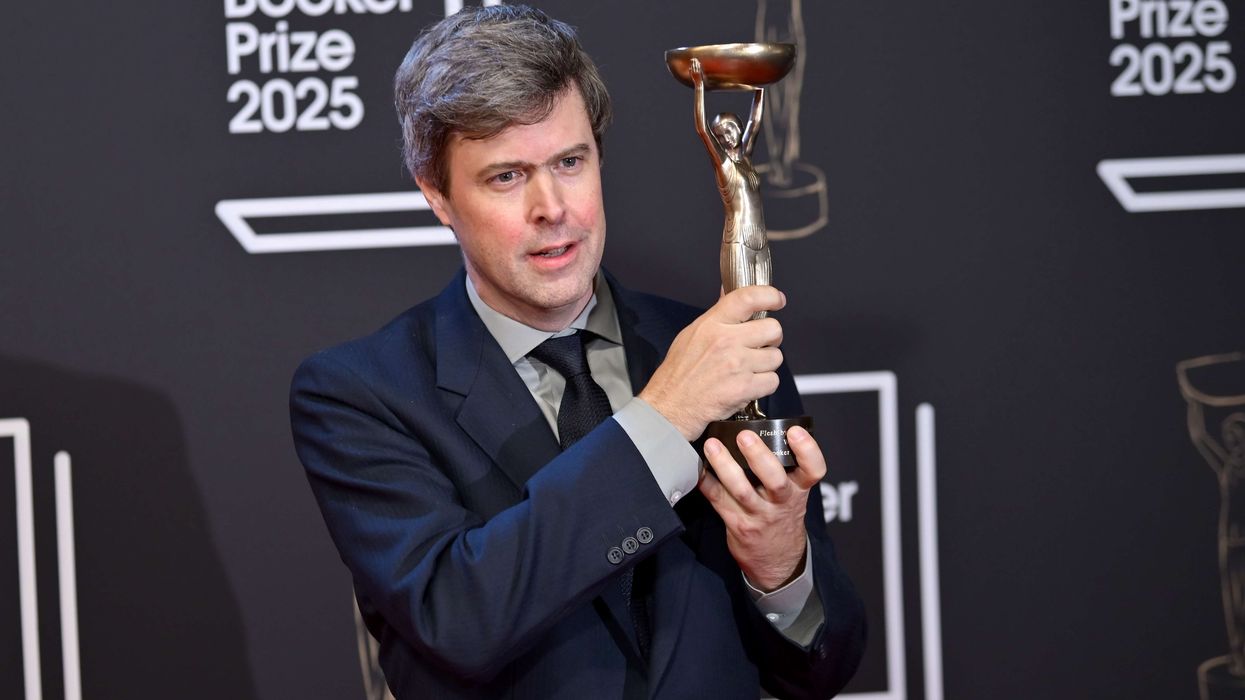
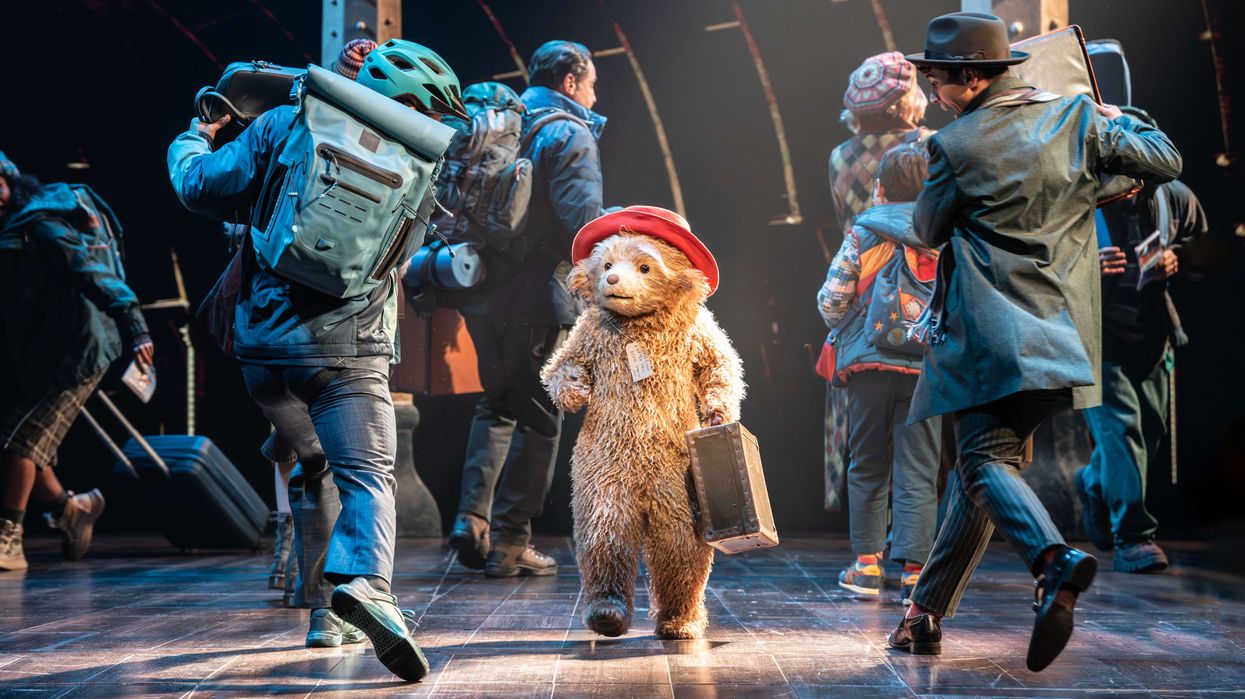
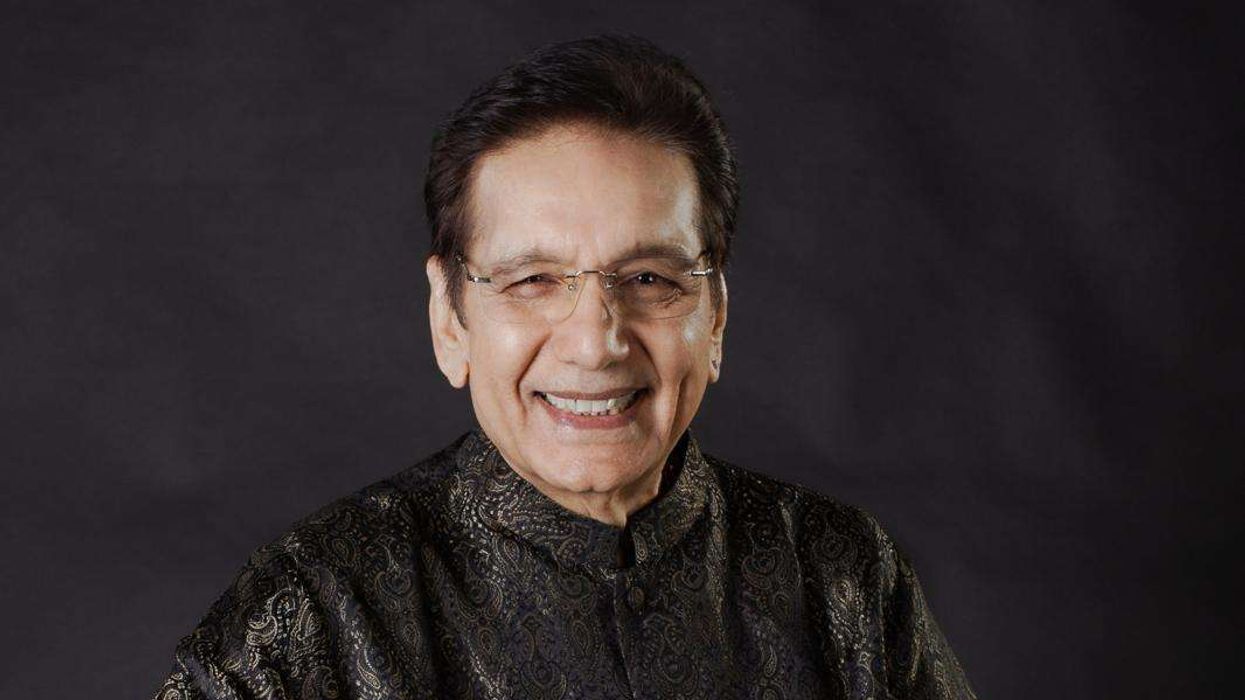
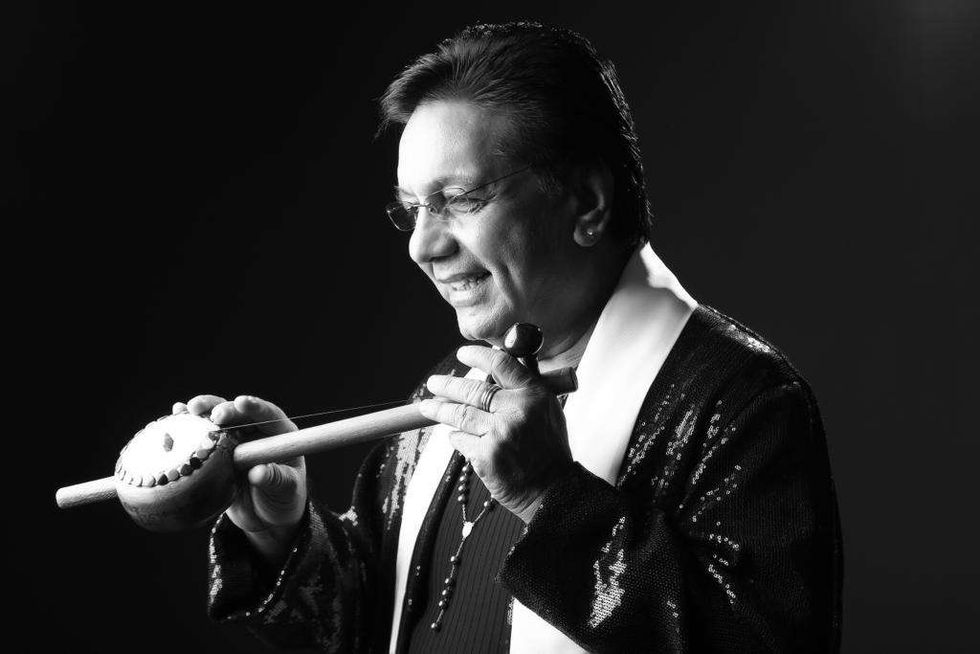 Channi Singh OBE — founder and frontman of the pioneering bhangra band AlaapChanni Singh
Channi Singh OBE — founder and frontman of the pioneering bhangra band AlaapChanni Singh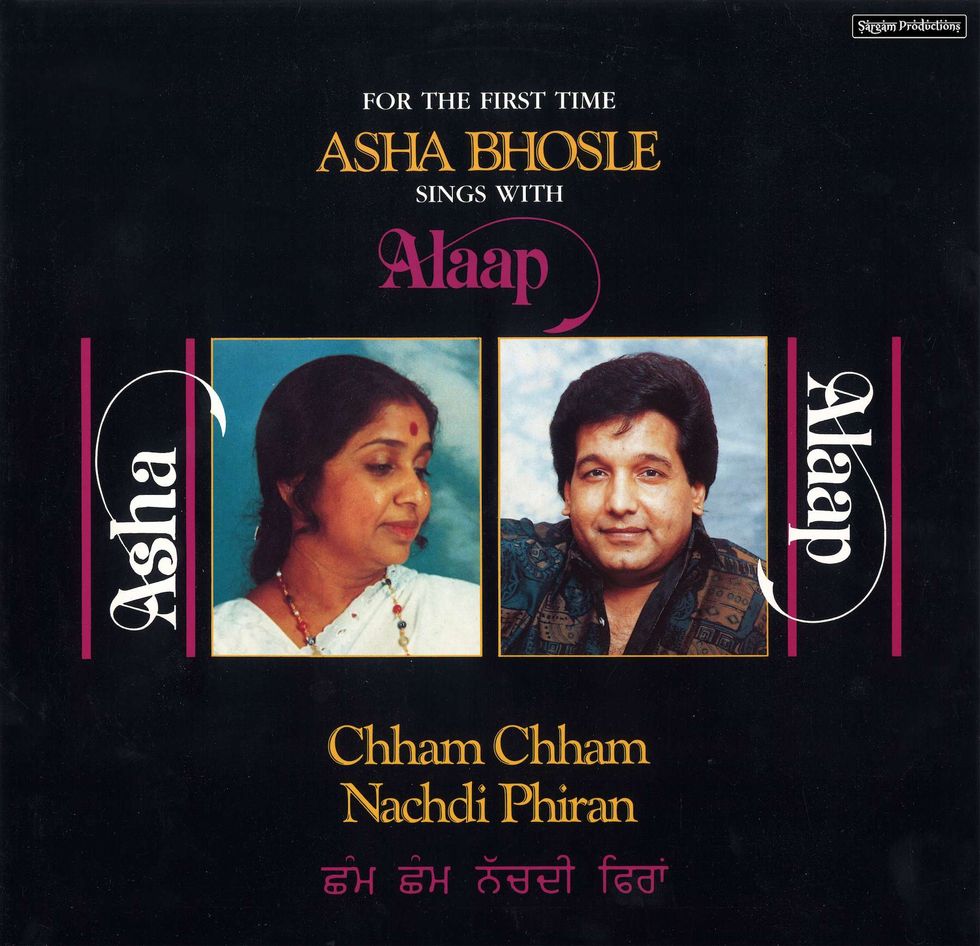 Chham Chham Nachdi Phiran (with Asha Bhosle)Channi Singh
Chham Chham Nachdi Phiran (with Asha Bhosle)Channi Singh Channi Singh with Feroz KhanChanni Singh
Channi Singh with Feroz KhanChanni Singh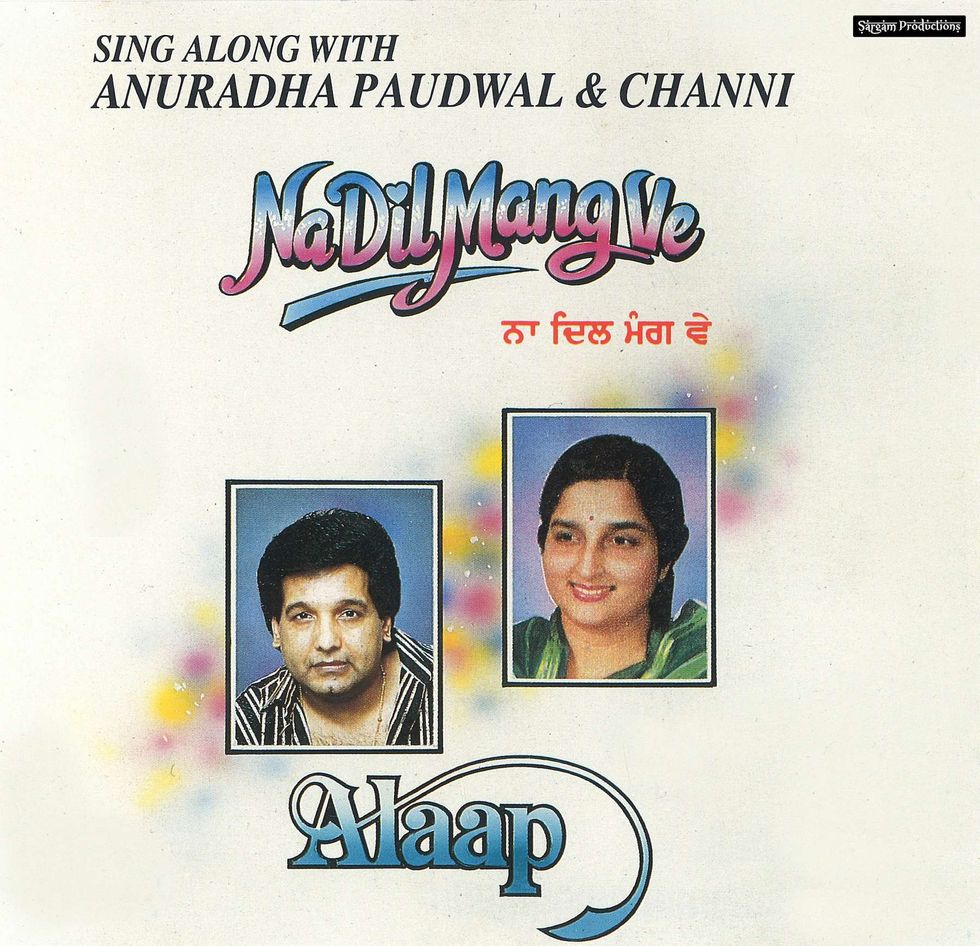 Na Dil Mang Ve (with Anuradha Paudwal)Channi Singh
Na Dil Mang Ve (with Anuradha Paudwal)Channi Singh






